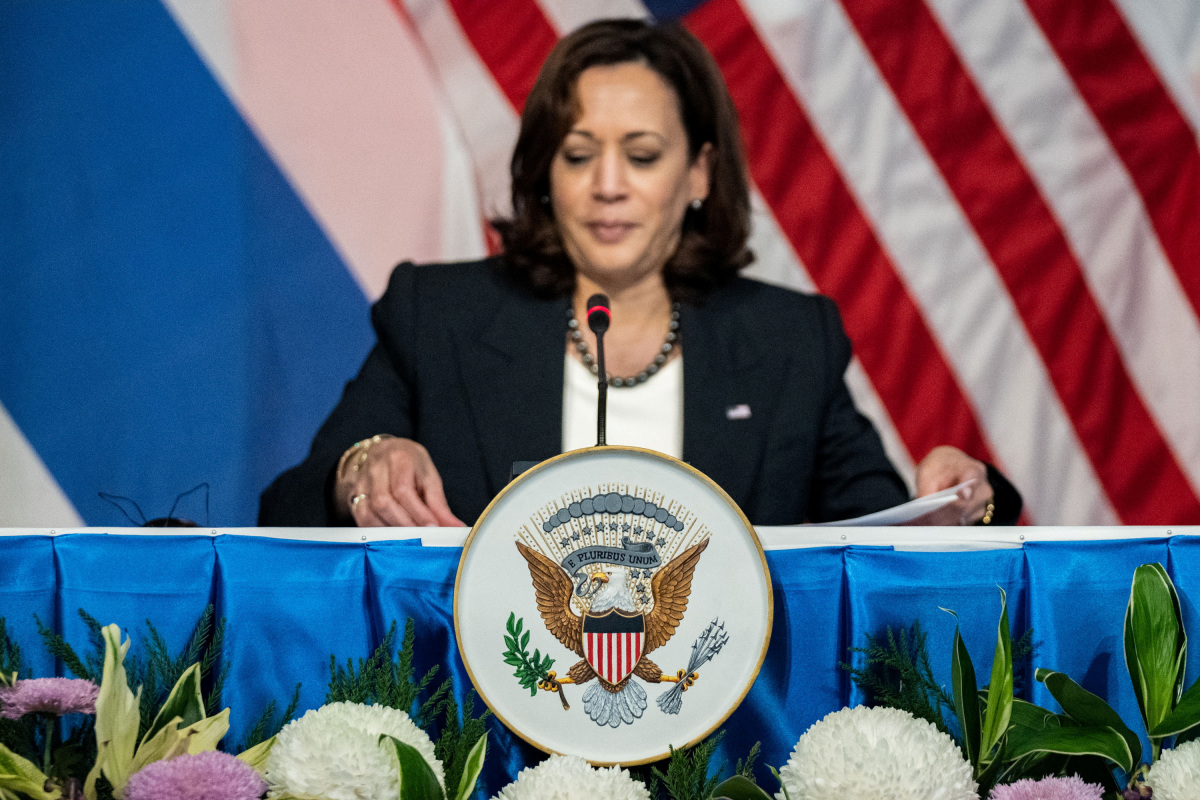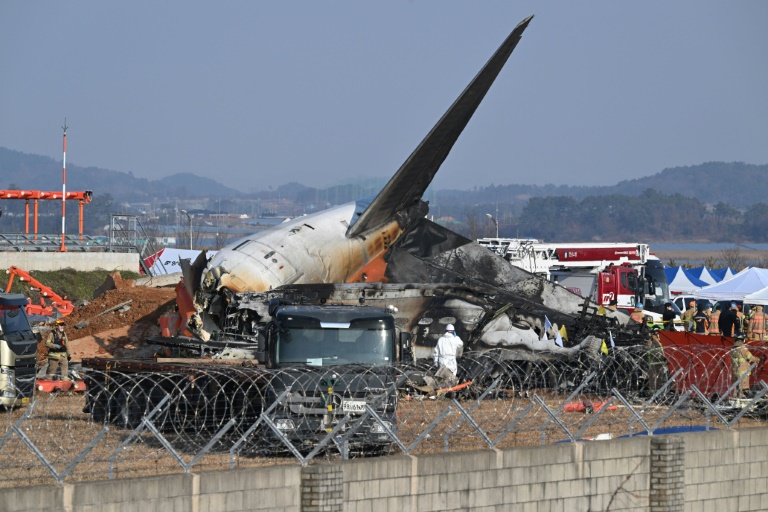U.S. Vice President Kamala Harris visits the Philippines this week in the Biden administration’s latest high-level engagement with America’s oldest Asian ally and an increasingly vital strategic partner as tensions rise with China over Taiwan.
The following are some of the main issues surrounding her visit:
Why is the Philippines so important to the United States?
The Philippines is a former U.S. colony and became a U.S. treaty ally in 1951, five years after independence. During the Cold War, it hosted some of America’s largest overseas bases, facilities vital to the U.S. wars in Korea and Vietnam. Philippine nationalism forced Washington to vacate those in the 1990s, but in recent years the allies have cooperated on counter-terrorism and in response to rising Chinese military pressure in the South China Sea, where the Philippines has rival claims.
Today, because of its geography, the Philippines is central to U.S. plans to deter and respond to any Chinese attack on Taiwan, a self-administered island China claims as it own.
Tensions over Taiwan are expected to feature when Harris meets with President Ferdinand Marcos Jr. on Monday, Manila’s ambassador to Washington Jose Manuel Romualdez told Reuters.
Harris also plans a highly symbolic stop on the Philippine islands of Palawan in the South China Sea to show U.S. support for its ally.
How does the country fit into U.S. planning for a possible conflict over Taiwan?
Of the five U.S. treaty allies in the Indo-Pacific – Australia, South Korea, Japan, the Philippines and Thailand – the Philippines is closest to Taiwan, its northernmost land mass of Luzon just 200 km (120 miles) away.
Experts such as Randall Schriver, who served in the Trump administration as the top Pentagon official for East Asia, said Luzon is of great interest to the U.S. Army, in particular, as a potential location for rockets, missiles and artillery systems that could be used to counter an amphibious invasion of Taiwan.
He said the political environment for greater military access appeared to be improving under Marcos after a rocky period of relations during the six-year term of President Rodrigo Duterte, who sought closer ties with China.
Washington has carefully courted Marcos and Harris’s visit follows two meetings between President Joe Biden and Marcos and a visit by Secretary of State Antony Blinken to Manila in August.
How are Washington and Manila boosting security cooperation?
The two sides have moved ahead with an Enhanced Defense Cooperation Agreement that dates back to Obama’s presidency and that languished under Duterte. EDCA allows U.S. access to Philippine military bases for joint training, pre-positioning of equipment and the building of facilities such as runways, fuel storage and military housing, but not a permanent presence.
To what extent the Philippines would allow its territory to be used to defend Taiwan remains unclear. Romualdez, the ambassador to Washington and a relative of Marcos, said in September it would let U.S. forces use its bases in the event of a Taiwan conflict only “if it is important for us, for our own security.”
The United States has proposed adding five more EDCA sites to the current five. Southeast Asia expert Gregory Poling at Washington’s Center for Strategic and International Studies said Harris’s trip could bring an announcement of an agreement.
How would a Taiwan conflict affect the Philippines?
Poling believes it would be extremely difficult for the Philippines to remain neutral in a Taiwan conflict given its proximity to the island and its treaty obligations to the United States. It would be the most likely destination for Taiwanese refugees and the some 150,000 Filipinos living on the island would be endangered by any Chinese attack.
“They have commitments to the Americans under the alliance,” Poling said. “So if they want American support in the South China Sea, the Americans will expect Philippine support on Taiwan.”
What would the Philippines expect in return?
Schriver said that with the Pentagon’s rising concern about a possible attack on Taiwan, Washington would want assurances over access within the next year or two, though any overt planning for a Taiwan contingency is highly sensitive for Manila.
Poling said providing Manila sufficient funding to help modernize its long-neglected armed forces was key. Washington recently announced $100 million in foreign military financing and $66.5 million for EDCA sites, but amounts are small compared to what Washington sends to the Middle East and Ukraine.
“The second Philippine demand is a continued clear commitment to defend Filipinos in the South China Sea,” Poling said. “They have that rhetorically, but the question for both sides is, do they have it functionally? If there was a Chinese attack on a Philippine base in the South China Sea tomorrow, could the Americans actually do anything about it? And that is far less clear, which is another reason EDCA is so important.”
Graphic: -Overlapping claims in the South China Sea-







